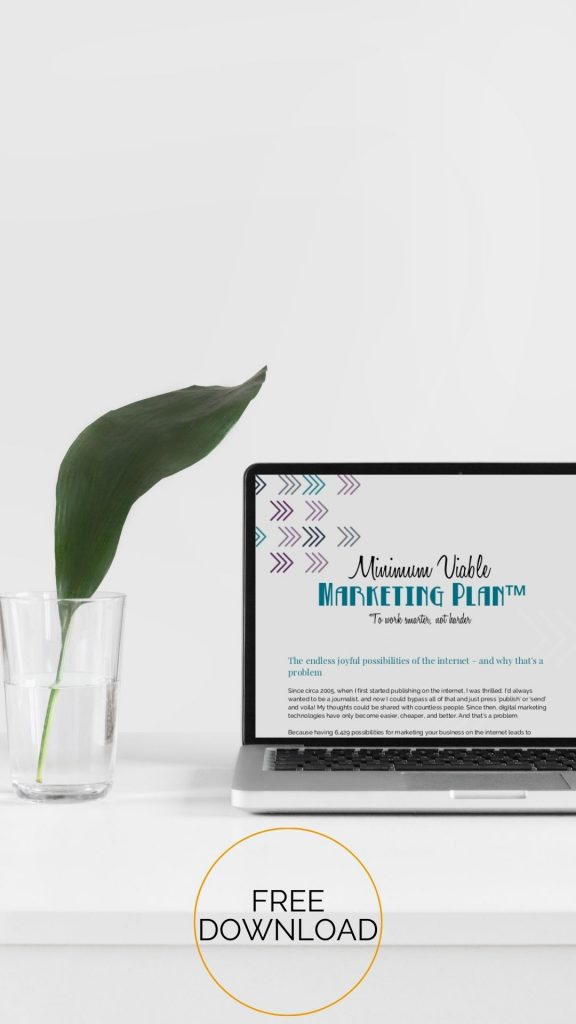Internet users can take just one-twentieth of a second to decide whether they like the look of a website, according to researchers from Carleton University in Ottawa, Canada. Participants’ decisions stayed consistent when the exercise was repeated with a longer viewing period.
So how do you make visitors stay? And better yet, become customers?
Less time to make a good impression
Visitors are thirsty for quick info. Google’s job is to give them what they seek. Google penalises sites where too many web visitors ‘bounce’ away without reading.
Content is (still) king
The web thrives on content. Google rewards relevant content, new content, and high quality links to other good – and related – content. Web visitors do likewise.
If you publish regularly, let people know
Have a headlines and teaser feed of all new content on your homepage which links to the complete article or blog post. Use your email newsletters, social media and book-marking sites to direct your fan base back to your site.
Guide visitors from your homepage
Think about what you’d like web visitors to read on your site, and in what order. Give people multiple options to direct their travels through your pages. Anticipate what your visitors want and give it to them – it’s that simple.
Think feet in the door
The old thinking about websites was the most web visitors the better. Recent approaches focus on converting visitors into customers. Do this by providing relevant, useful content that is easy to navigate and looks good.
Design for usability
Modern user-friendly web designs tend to:
- Have plenty of space around elements
- Use colour and graphics to draw attention to key content
- Have restricted line lengths, making it easier to read
- Use lots of sub-headings and big text to help visitors quickly see what a page is about, what’s most important, and decide where they want to look next to find what they want.




